The Moves in the Different Levels of Dressage Explained
These include the capriole courbette the mezair the croupade and levade. There are various levels of Dressage competition from Introductory where the horse is required to perform walk and trot circles and turns to Grand Prix requiring more advanced and complex dressage movements from the horse and rider such as piaffe trotting on the spot and canter pirouettes where the horse turns on its hindquarters whilst in canter.

Are You Ready For First Level Dressage
In Dressage events riders compete by executing a series of tests in a ring marked with different letters of the alphabet at key spots.

. Introductory Level Dressage is the very beginning of the horse and riders development. This exercise is usually ridden down the long. How to Ride Shoulder-in on a Circle.
At this point if you receive qualifying scores at first second and third level then you can receive your United States Dressage Foundation Bronze Medal. In some dressage tests we are told to make a transition between one letter and another. The Complete Guide to the Levels of Dressage.
Renvers is a third level dressage movement. Each level of competition eg. For cross-country competitors can expect a course of 2200 to 3120 meters in length with 22 to 30 obstacles reaching 37 in height.
Each level increases in difficulty skills and knowledge and training. Training First Second Third and Fourth. Each level is made up of a number of tests that you can work through each test is unique with tests within the same level sharing the same movements.
At First Level the horse and rider are still working at the medium walk working trot and working canter. The dressage test includes all of the basic movements of First Level dressage and also serpentines 10-meter circles and backing. In lower-level dressage tests youll be asked to show a few lengthened strides or a few medium trotcanter strides.
All three movements are different parts of the process. A walk pirouette is a movement in which the horse moves his forehand around his haunches usually through 180 degrees until he is facing the opposite direction. Dressage Movements Revealed was co-authored by Betsy Steiner Jim Masterson and Coralie Hughes.
For example according to the Dressage New Zealand Official 2013 test book the Purpose of the Level 1 test is to to confirm the horse has developed and maintains a rounded natural outline without restriction moves freely forward without collection but with active hindquarters whilst maintaining a steady rhythm and contact with the bit without tension or resistance. In the lower-level tests a rider is asked to make transitions between two letters so it is easier for the horse and rider to accomplish. The levels Nationally BD runs competitions from Introductory to Grand Prix level as follows.
Shoulder-in is a lateral exercise thats included in some dressage tests from British Dressage Elementary level. Youll also add lengthening at trot and canter. The four-beat walk the two-beat trot and the three-beat canter.
Walk A clear four-beat gait with footfalls following one another. Understanding the breakdown of movements within levels will contextualize for your training sessions and knowing what to expect in future tests will help you form concrete goals and will keep you on the same page as your trainer. By How To Dressage.
While travers is head to the wall with the haunches out renvers is haunches in towards the wall and then the shoulders shift out. This test is comparable to a USDF First Level test but adds some movements from Second Level tests as well. We all know that there are three recognized gaits in dressage.
Canter A three-time gait where the hind leg strikes off followed by the opposite and diagonal fore leg and then the opposite foreleg aka. The standard variations are leg yielding shoulder-in traverse or quarters-in and half-pass. In national dressage competitions in the US there are five basic levels of dressage tests.
At the FEI levels however a higher standard is expected and transitions need to be promptat the. If youve never competed in dressage but are planning to knowing how dressage competitions play out will help keep you ahead of the game. Introductory or Intro Preliminary or Prelim as its normally known Novice.
Jim Masterson was the equine massage-bodywork therapist for the 2006 2008 2010 and 2012 USET Endurance Teams. The school jumps or airs above the ground are a series of higher-level classical dressage movements where the horse leaves the ground. To learn a bit more and see them performed visit the paces and movements section.
In the UK the progression is as follows. All lateral movements share the same purpose of making the horse attentive and obedient to the aids of improving. Leg yielding is not in advanced dressage.
Dressage is a great way to build a better connection with your horse and learn how to communicate on a different level. Introductory Prelim Novice Elementary Medium Advanced Medium Advanced Prix St Georges Intermediate Grand Prix. Trot A two beat gait where diagonal leg pairs move simultaneously followed by a moment of suspension.
Both horse and rider should have a good mastery of the skills at their current level before moving to the next. How a Dressage Test Works. Medium free collected and extended walk.
But dressage also recognizes types of gaits. Each test requires a unique combination of movements performed from one letter to another in a pattern. And working medium collected and.
Preliminary or Novice is divided in to three sections Gold Silver. The purpose of the Introductory Level is to introduce the rider andor horse to the sport of dressage. Can you tell me what this means.
It can be hard to keep track of all the movements in dressage. To show understanding of riding the horse forward with a steady tempo into an elastic contact with independent steady hands and a correctly balanced seat. This is when the horse is asked to extend not only the stride but the whole body within the contact to achieve a more ground covering gait.
Dressage tests get progressively harder with each level so each step up is like going up a grade in showjumping or eventing. Third level introduces extended gaits flying changes half pass at trot Renvers and half pass at canter. What It Is And What It Isn.
To view the tests for each level visit our online shop or download the Dressage TestPro app. Things are serious now.

When Should You Move Up A Level In Dressage Equipepper

Dressage Movements 101 Intermediate

What Are Dressage Levels Introductory To Grand Prix Explained
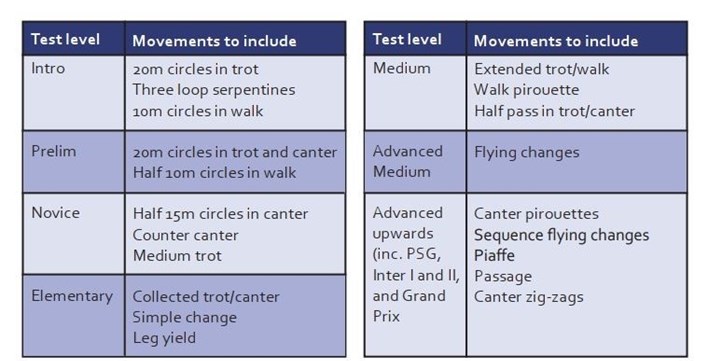
Dressage Defined British Dressage
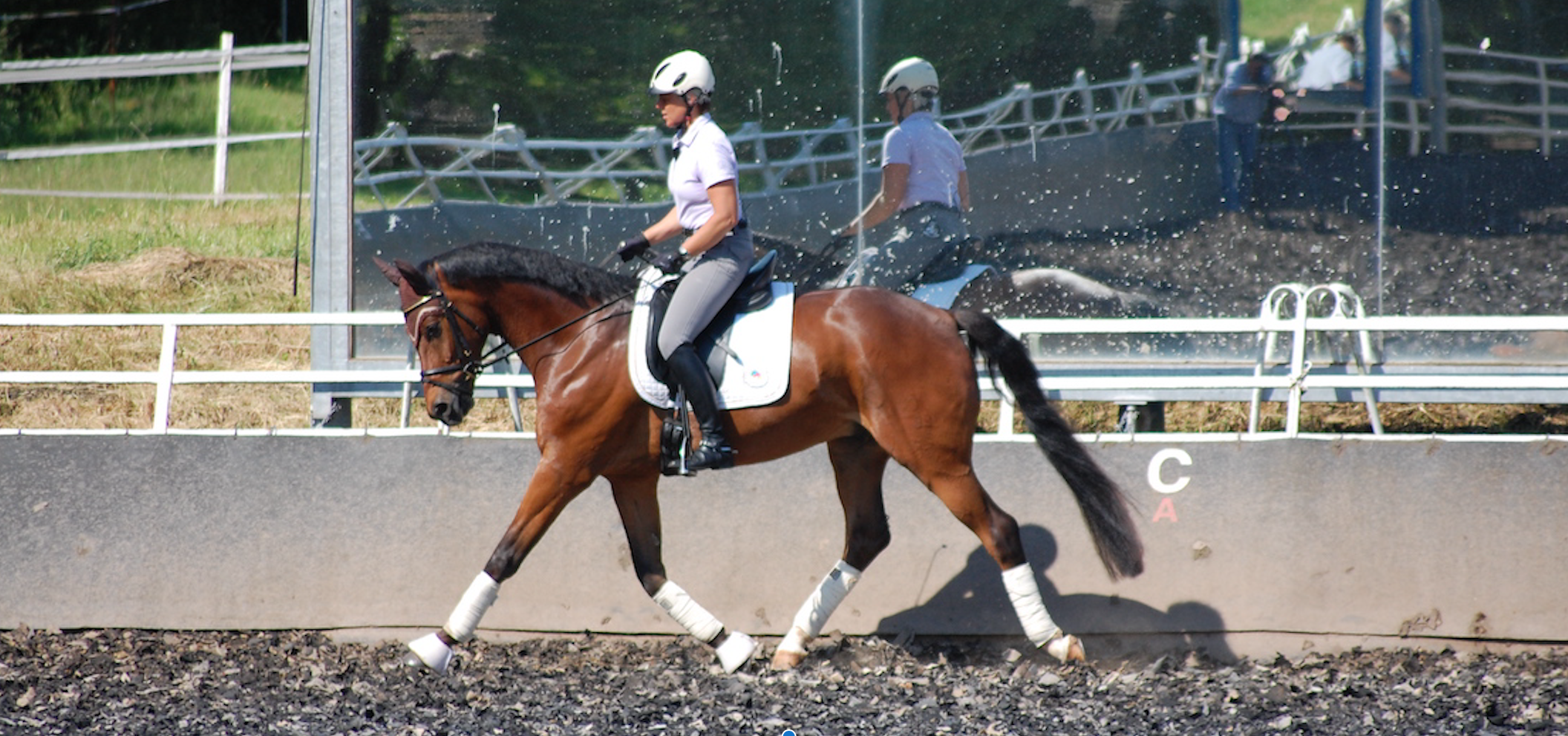
The Real Definition Of Impulsion In Dressage

The Complete Guide To The Levels Of Dressage Equinavia Blog
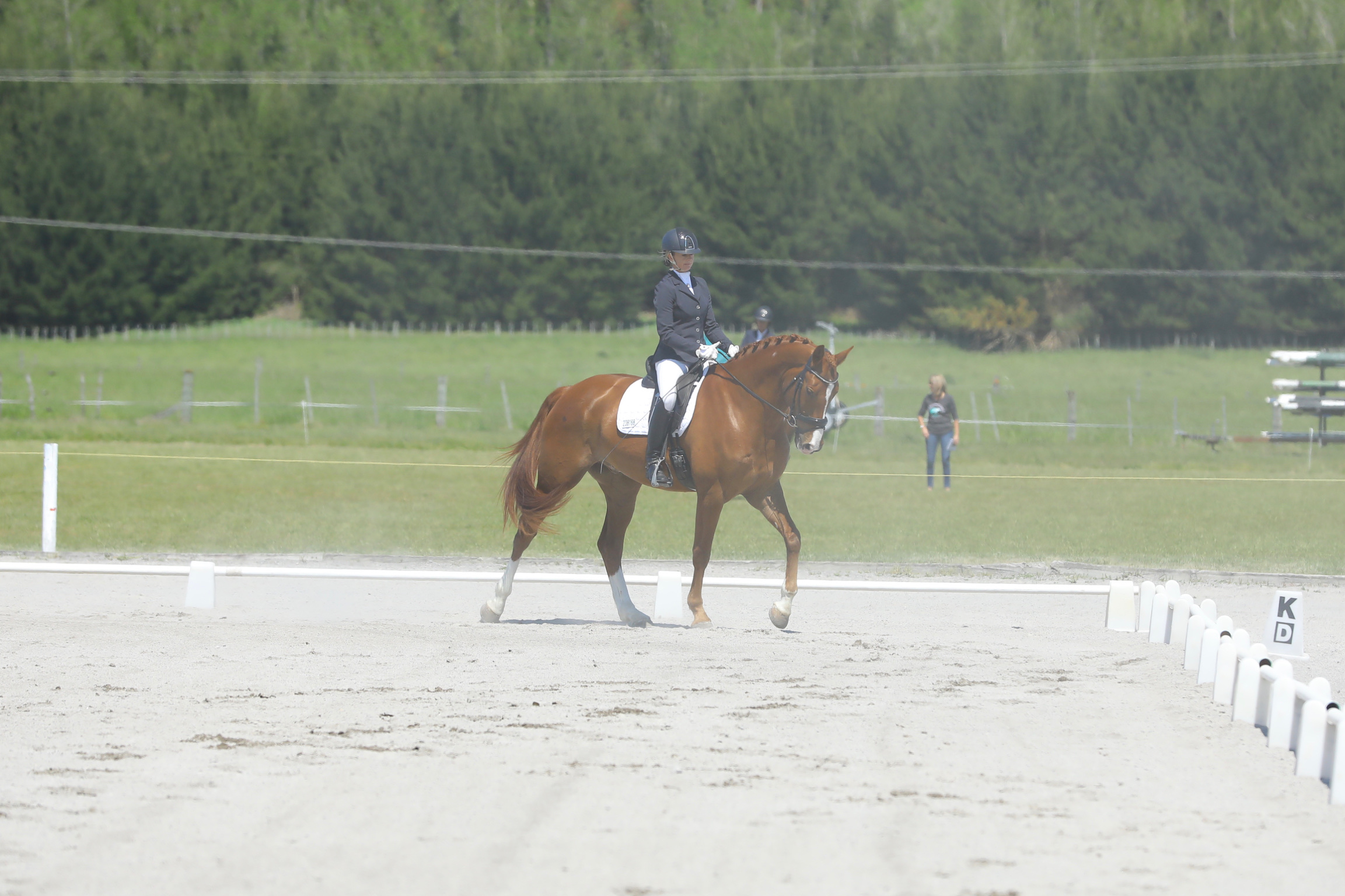
Improving Your Dressage Basics Understand What Judges Look For

Ask The Experts Riding Accurate Dressage Movements Expert Advice On Horse Care And Horse Riding

How To Position Your Horse For Lateral Movements How To Dressage

Lateral Movements Explained Horse Riding Tips Dressage Horses
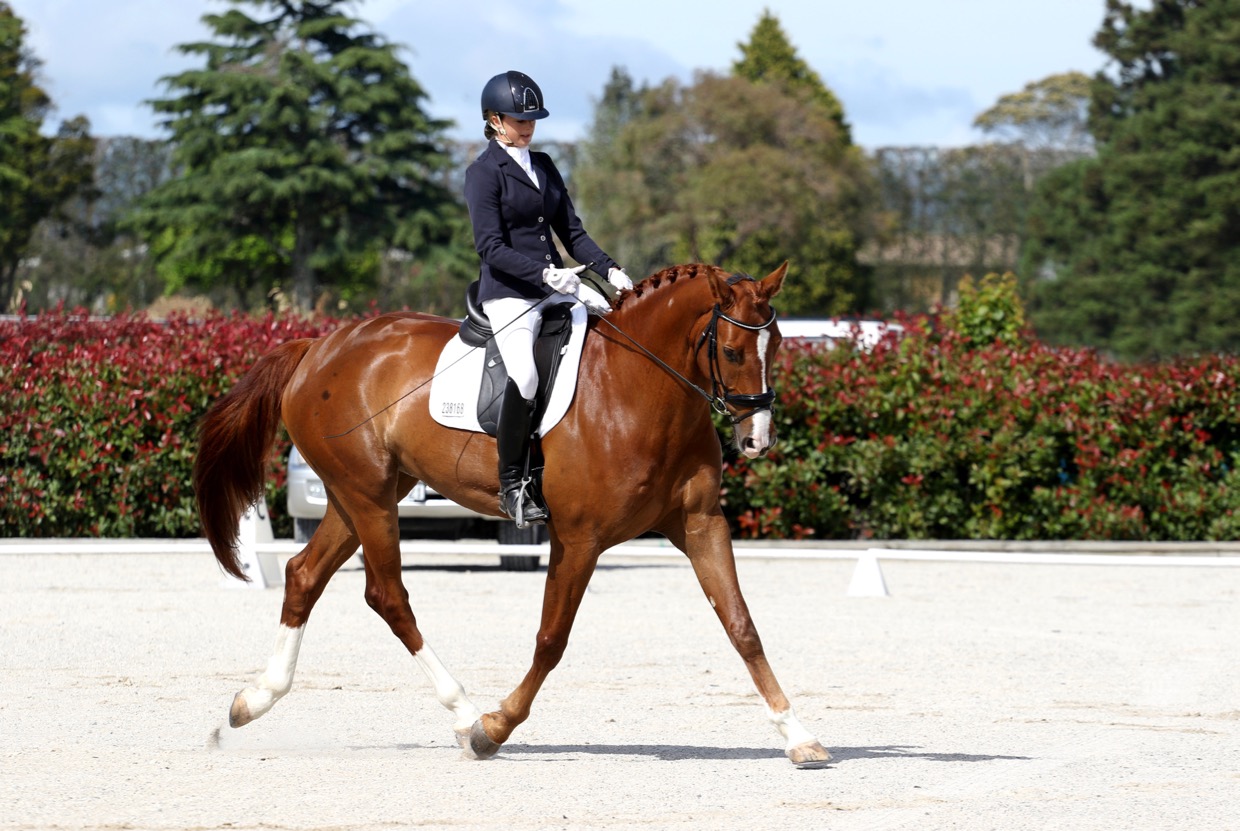
What Is Dressage And How Do You Get Started With The Basics
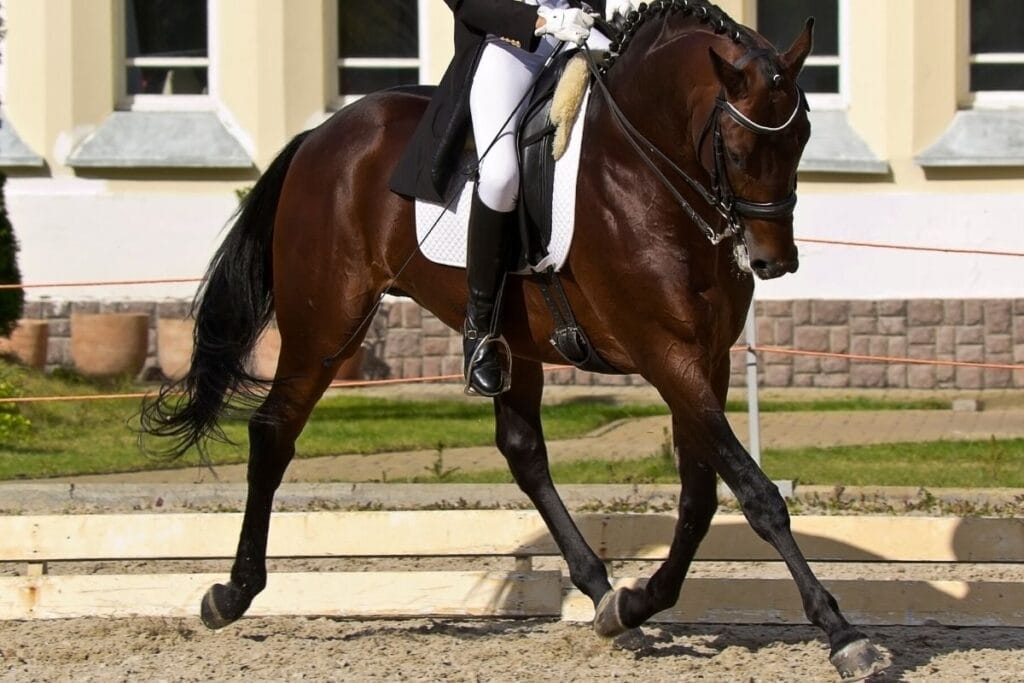
Dressage Levels Scoring Concepts And Movements Required Helpful Horse Hints
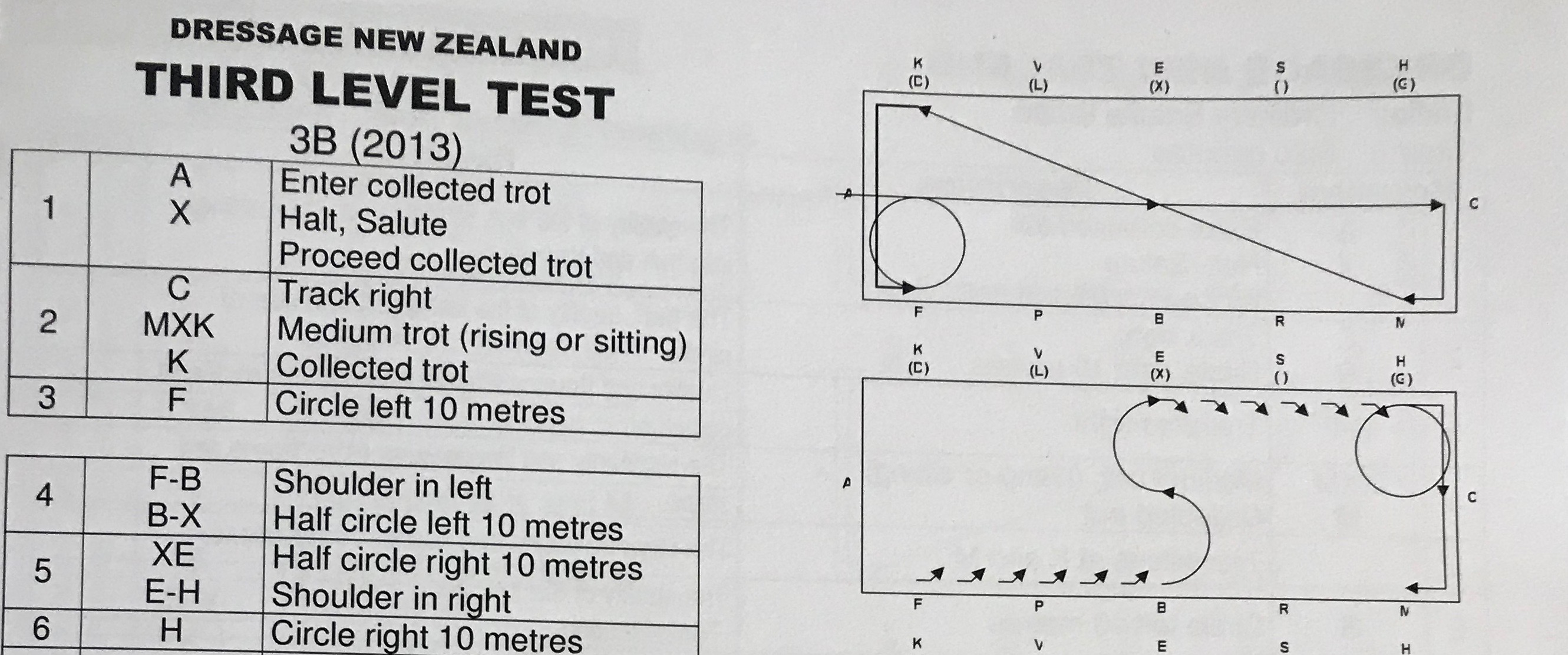
Improving Your Dressage Basics Understand What Judges Look For

What Is Dressage And How Do You Get Started With The Basics

What Are The Levels Of Dressage With Video Examples

A Guide To Dressage Gaits Expert How To For English Riders

Dressage Movements 101 Advanced

Dressage For Beginners How To Get Into The Sport Horse Country Tv

Comments
Post a Comment